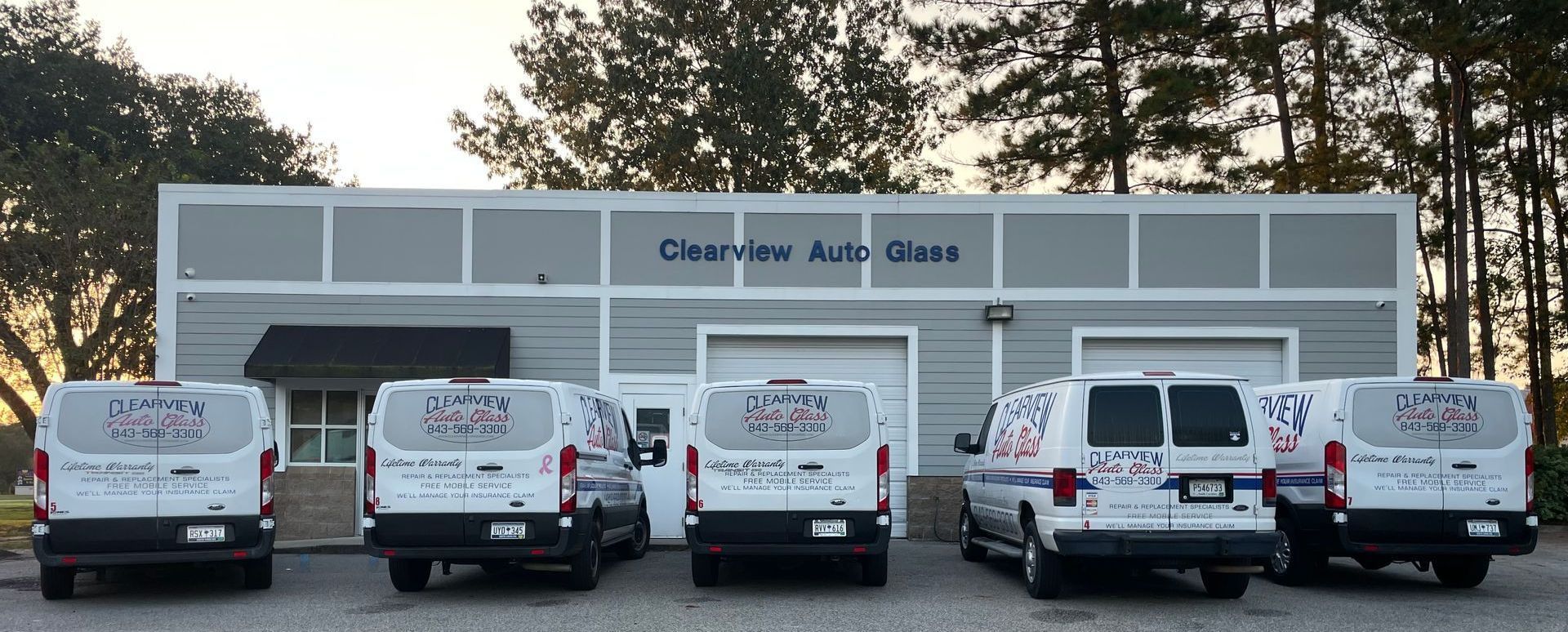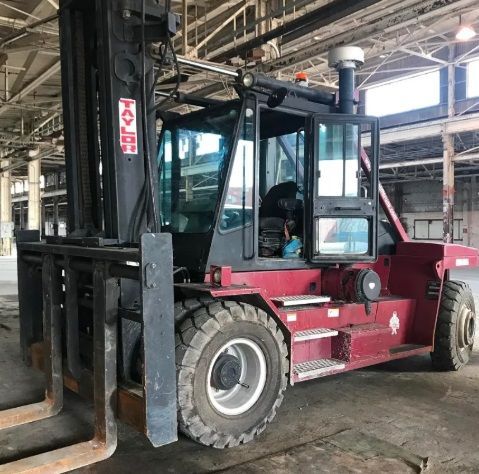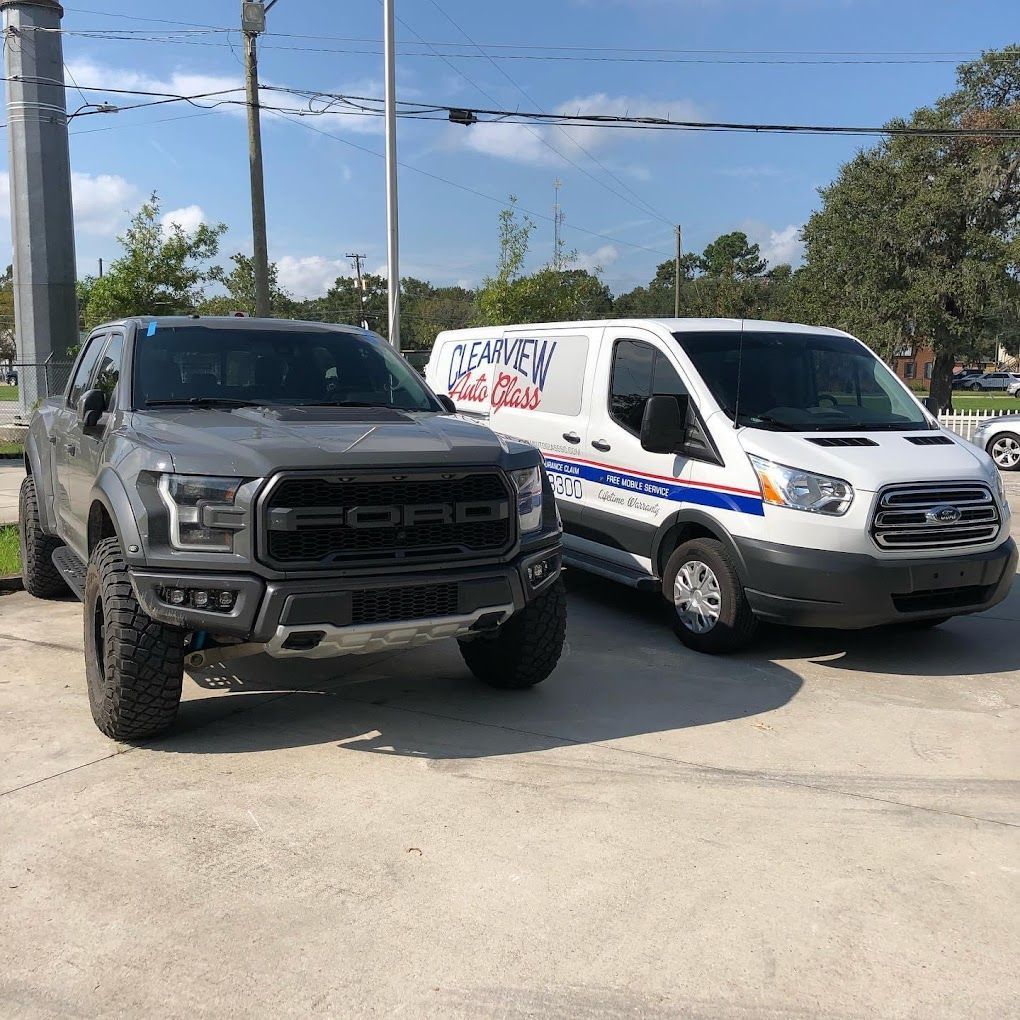How ADAS Improves Safety When You're On The Road
How ADAS (Advanced Driver Assistance Systems) Enhances Driver Safety
With vehicle technology advancing vastly over the years, the auto industry has been continuously innovating ways to eliminate human error on the road to create a safer driving environment. Chances are if you have bought a car over the past decade, your vehicle is equipped with safety systems called ADAS.
What Is ADAS?
ADAS (Advanced Driver Assistance Systems) are safety electronics, mainly using sensors and cameras, that assist drivers with common driving operations. These technologies aim to increase reaction times and safety with early warning signs and detections. These systems can range from passive actions like parking assistance, to active actions such as automatic emergency braking and steering.
How Does ADAS Work?
These advanced systems use a series of sensors and devices such as global positioning satellites, RADAR, SONAR, and LiDAR to prevent you from making errors on the road, or avoiding mistakes from others. There are a number of features that ADAS provides, we’ll break up a handful between passive and active.
Passive Functions
Because the driver has to take action to avoid danger, these functions are labeled passive. These systems will use lights and sounds to warn drivers.
1. Anti-Lock Braking Systems (ABS)
When the emergency brake is used, ABS will stop your car from skidding. If your primary brakes were to fail, ABS will be alerted once the emergency brakes kick in.
2. Electronic Stability Control (ESC)
Electronic stability control is in place to prevent you from wildly oversteering. These situations typically occur when you steer off unexpectedly.
3. Traction Control Systems (TCS)
When turning or navigating in conditions such as rain, snow, or ice, the traction control systems enhance the stability of your car. This function uses both ABS and ESC to keep the correct amount of traction on your vehicle.
4. Back-Up Camera
The back-up camera gives a field of vision that allows a driver to fully see their surroundings when reversing.
5. Lane Departure Warning (LDW)
LDW alerts the driver when they have swerved outside their lane. This feature aims to prevent accidents caused when a driver is distracted or drowsy.
6. Forward Collision Warning (FCW)
This alerts the driver to apply their brakes if it senses a possible collision ahead.
7. Blind Spot Detection
This detects vehicles in the areas along the backside of your car that you may not be able to see.
8. Parking Assistance
This feature will alert the driver if anything is in front or behind their bumpers while parking.
Active Functions
These ADAS functions will make your car take action when alerted.
1. Automatic Emergency Braking
If any driver, person, or animal were to suddenly stop in front of you, emergency brakes will apply automatically to prevent collision if the driver does not react in time.
2. Emergency Steering
Your vehicle can take action and dodge a sudden stopped vehicle or obstacle to prevent collision.
3. Adaptive Cruise Control (ACC)
To prevent rear end collisions, your vehicle will adjust speed if it senses the car in front slowing down to maintain a safe distance.
4. Lane Keeping Assist (LKA) & Lane-Centering
These functions keep the car properly centered in its lane to prevent collision.
5. Traffic Jam Assist
Traffic jam assist works alongside ACC and LKA to control the acceleration and brakes during stop and go traffic. This helps reduce stress on the driver so they can focus on the road.
6. Self Parking
Using a combination of sensors, your vehicle will be able to ease the stress of parallel parking or parking in crowded spaces by handling it for you with little to no input from the driver.
Do You Need ADAS Calibration in Charleston, SC?
The implication of ADAS is ever advancing, making driving on the road safer than ever before. When you get a new windshield, ADAS must be properly calibrated by a professional. Let our team at Clearview Auto Glass help calibrate your windshield today! If you are in Charleston, Moncks Corner, Summerville, or Mount Pleasant, South Carolina, you can visit our shop or have us come to you with our fast mobile service!

INSURANCE CLAIMS SPECIALISTS
We specialize in assisting with insurance claims and are a preferred partner for many major insurance companies. If you have comprehensive insurance in South Carolina, you don't have to pay out pocket for a windshield replacement, making it even easier to get your vehicle back in top shape without the hassle. Skip the agency, we'll handle everything!




